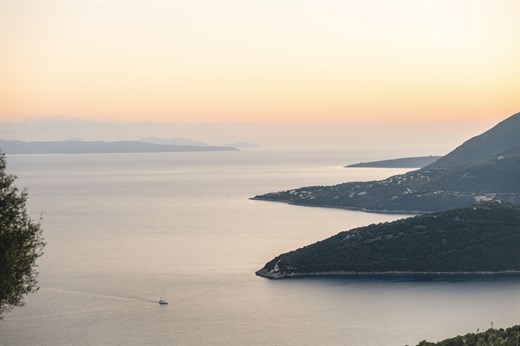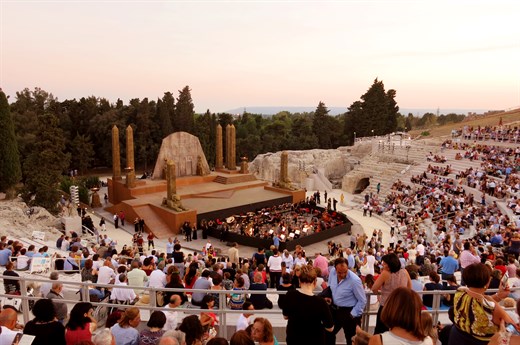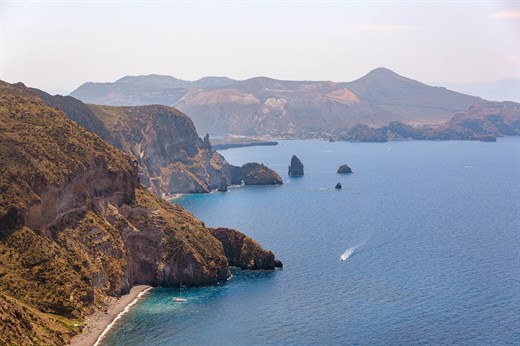Archaeological sites in Corsica: Filitosa
.jpg)
Think of the moai, those famous statues on Easter Island, and you’ll get an idea of what you can expect if you visit the fascinating megalithic site of Filitosa, in southeastern Corsica. Unearthed only in 1948 the site continues to present archaeologists and historians with a great many unanswered questions about Corsica’s prehistory.
Filitosa
What is known, is that Filitosa was inhabited more or less continuously from the 9th millennium BC until the 3rd century BC, when Corsica came under Roman control. This long history of the settlement is testified to by a wide variety of archaeological finds belonging to a dizzying number of different periods: simple wooden implements from the Mesolithic Age, flint tools, ceramics, megaliths and grindstones from the Neolithic period, and axes, stone-built towers and carved menhir-statues from the Bronze Age (to name but a few).
The most significant and mysterious finds are 16 sculpted granite menhir statues, three prehistoric towers and an area of stone houses.
The menhir statues had a double life. The original, plain megaliths date back to around 4,000BC. Their significance is unfathomable, but in around 1,200BC many of them received a makeover. Human features (faces, shoulders, arms, etc.) and weaponry (swords, daggers and helmets), were carved into their granite facades, transforming them into warrior heroes or possibly gods. Coming across these figures as you stroll around the site is a memorable experience.
The stone towers and houses, meanwhile, also date back to around 1,200BC and incorporated fragments of smashed menhirs. Archaeologists are still trying to ascertain the exact purpose of the towers but most believe they were either simple watchtowers, strongholds for storing valuables or harvests, or meeting spaces for religious rites.
A museum, which opened in 2016, houses a variety of archaeological finds and information about the site, while an on-site brasserie bar provides refreshments for those who have worked up a megalithic appetite or thirst.
A visit to Filitosa is heartily recommended, not only for its unique historic significance - children will love the menhir statues and adults will marvel at the sheer age of things - but also for the natural beauty of its setting amongst the undulating verdant hills of southeast Corsica.




